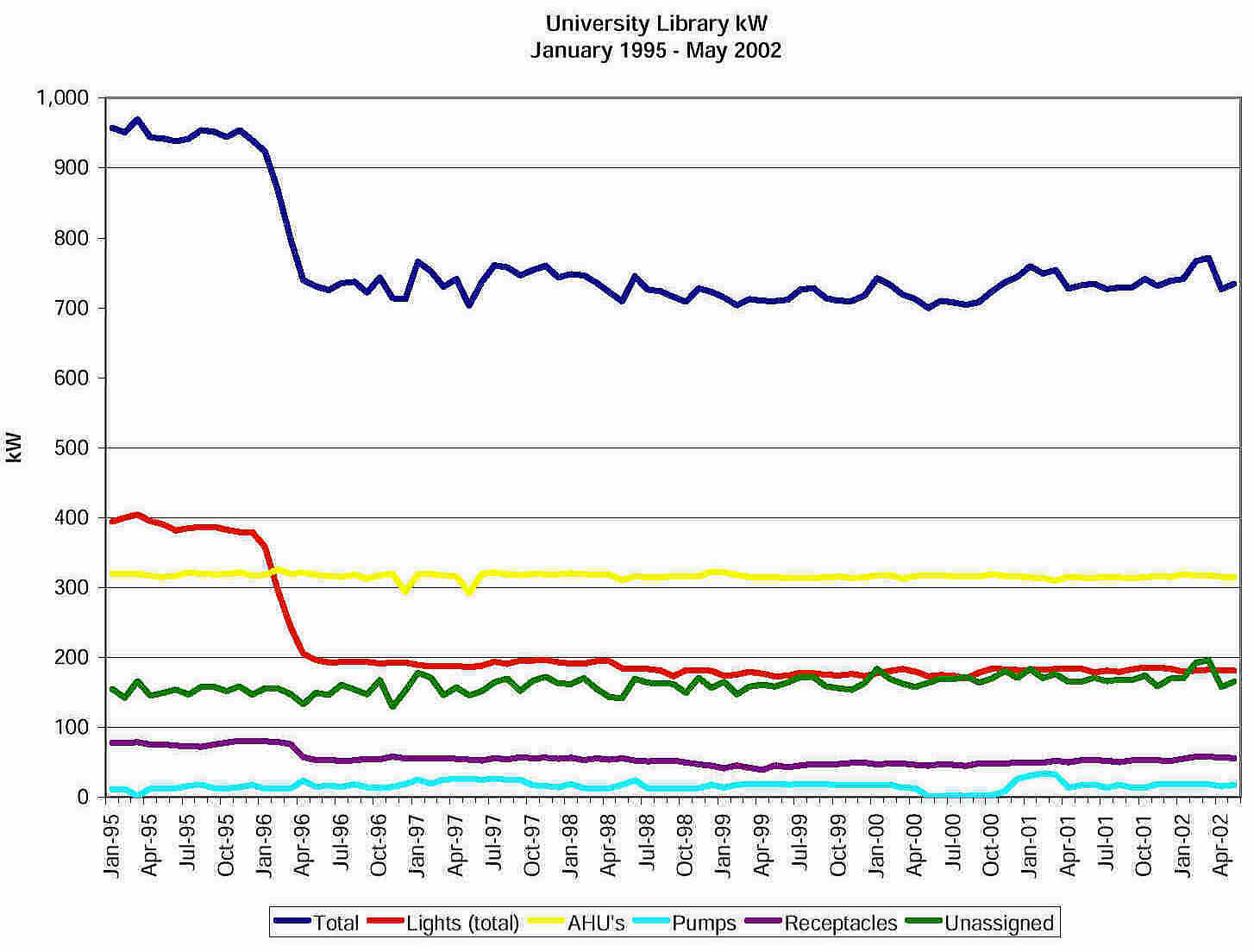Building/Facility Baseline Energy Metering
Increased global demand, limited production capacity, and other economic and political factors are contributing to the cost increases in energy. Households, businesses, and institutions are all experiencing rising costs; whether they are direct (utility bill) or indirect (rising prices of other goods and services). While there are many financial instruments that are available to help offset rising energy costs (hedging, futures contracts), the only proven way to cut energy costs, by the end user, is by cutting consumption. FAI has successfully implemented both small and large scale Energy metering projects that can account for the demand and consumption of electricity, gas, chilled water, hot water, steam, etc.
Case
Study: Large
A large private University contracted FAI to provide a complete energy metering and reporting system including the installation and commission of sub meters to record interval electric and chilled water data. While initial scope of the project was simply to account for usage, it became evident early on that the data would be useful in planning for emergency operations during hurricanes, evaluating the performance of energy conservation measures, and evaluating projects for major capitol infrastructure improvements. With this system in place the University was able to keep energy use constant over a 10 year period of campus growth.
In the early part of 1996 the University started and completed a lighting retrofit project for the library on its main campus. Before the retrofit was in the planning phases, FAI was contracted to install a metering system that was capable of capturing interval energy consumption data and generating detailed energy consumption reports. Upon the completion of the retrofit, the University wanted both a confirmation that the retrofit had made the desired impact (reduction in both electrical demand and consumption) and that its impact was measurable. The data gathered by FAI that is displayed in the following graph clearly shows that there was both a significant reduction in the total electric demand (kW) for this particular University library and that this reduction can be attributed entirely to the successful completion of the lighting retrofit.
Other Case Studies:
